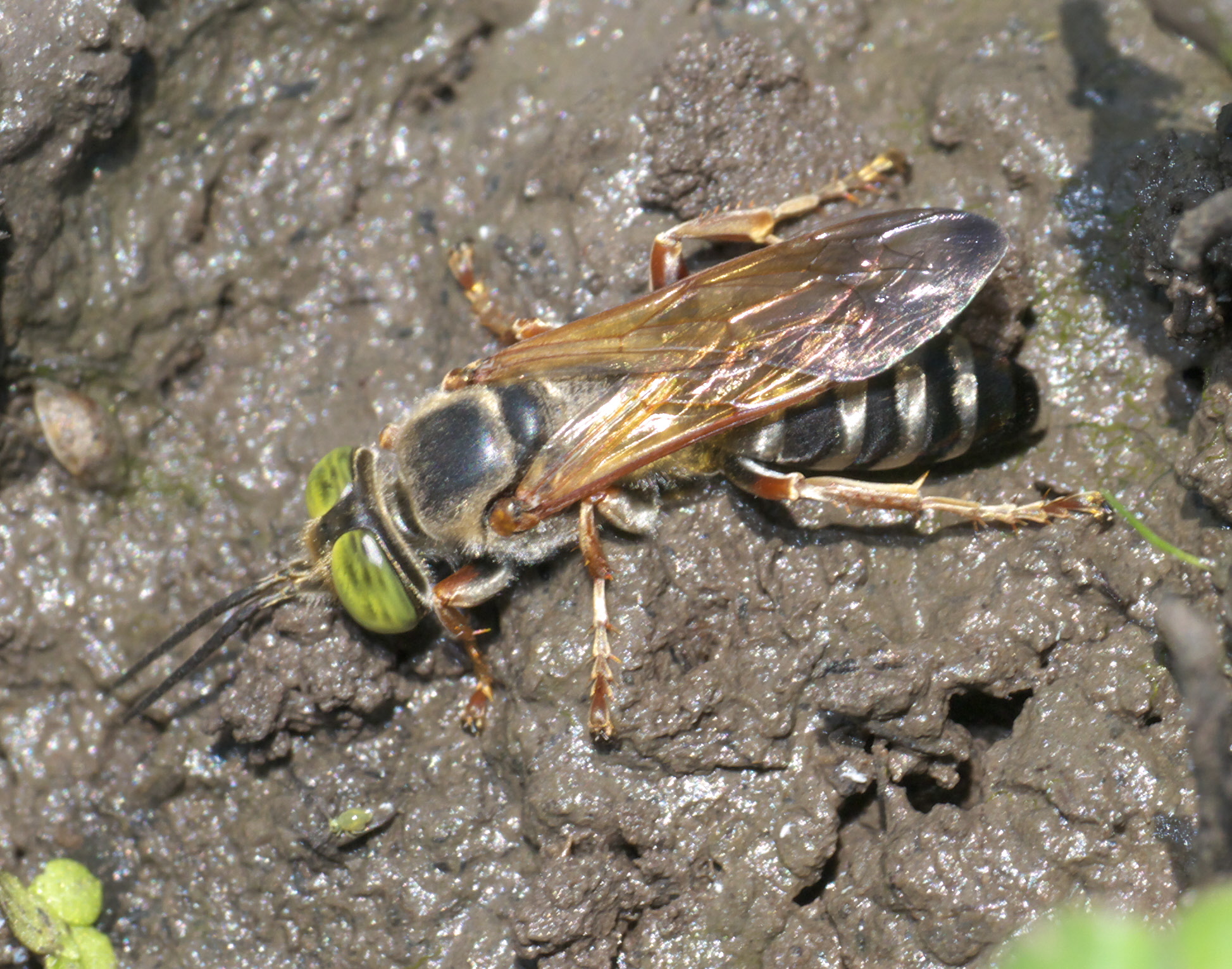Tachytes on:
[Wikipedia]
[Google]
[Amazon]

 ''Tachytes'' is a genus of predatory, solitary
''Tachytes'' is a genus of predatory, solitary

 ''Tachytes'' is a genus of predatory, solitary
''Tachytes'' is a genus of predatory, solitary wasp
A wasp is any insect of the narrow-waisted suborder Apocrita of the order Hymenoptera which is neither a bee nor an ant; this excludes the broad-waisted sawflies (Symphyta), which look somewhat like wasps, but are in a separate suborder. Th ...
s, containing about 300 species.
Etymology
The name of the genus derives from theGreek
Greek may refer to:
Greece
Anything of, from, or related to Greece, a country in Southern Europe:
*Greeks, an ethnic group.
*Greek language, a branch of the Indo-European language family.
**Proto-Greek language, the assumed last common ancestor ...
ταχύτης (''tachytes''), meaning swiftness or speed.
Distribution
These wasps have a worldwide distribution throughout temperate and tropical regions.Description
Adults are typically black, with light or clear wings, and sometimes a red or brown gaster or legs. They are about 12 mm long, but can range from 4 mm to 24 mm. Many species have green eyes, which is distinctive of the genus. They often possess short golden hairs and a round build, which can give them a bee-like appearance.Biology
''Tachytes'' generally predates onOrthoptera
Orthoptera () is an order of insects that comprises the grasshoppers, locusts, and crickets, including closely related insects, such as the bush crickets or katydids and wētā. The order is subdivided into two suborders: Caelifera – grasshop ...
(grasshoppers and katydids, especially those of the families Acrididae
The AcrididaeMacLeay WS (1821) ''Horae Entomologicae or Essays on the Annulose Animals'' 2 are the predominant family of grasshoppers, comprising some 10,000 of the 11,000 species of the entire suborder Caelifera. The Acrididae are best known bec ...
, Tettigoniidae
Insects in the family Tettigoniidae are commonly called katydids (especially in North America), or bush crickets. They have previously been known as "long-horned grasshoppers". More than 8,000 species are known. Part of the suborder Ensifera, t ...
, Tetrigidae
Tetrigidae is an ancient family in the order Orthoptera, which also includes similar families such as crickets, grasshoppers, and their allies. Species within the Tetrigidae are variously called groundhoppers, pygmy grasshoppers,Borror DJ, Tripp ...
, and Tridactylidae
The Tridactylidae are a family in the insect order Orthoptera. They are small, mole-cricket-like insects, almost always less than long when mature. Generally they are shiny, dark or black, sometimes variegated or sandy-coloured. They commonly l ...
), though ''Tachytes bidens'' reportedly predates on geometer moth
The geometer moths are moths belonging to the family Geometridae of the insect order Lepidoptera, the moths and butterflies. Their scientific name derives from the Ancient Greek ''geo'' γεω (derivative form of or "the earth"), and ''metr ...
s. Like other hunting wasp
Hunting wasps are members of various taxa of the insect order Hymenoptera. Their habits and affinities vary in many ways, but all practise parental care of their larvae in that they capture prey, usually insects, to feed their larvae. Whethe ...
s, the female captures a prey item, stings to paralyze it, and seals it in a burrow along with an egg that consumes the prey during development. The sting often paralyzes the prey completely, though in a few species, it only appears to prevent them from attempting to escape. Their burrows can be very long, up to one meter in ''Tachytes praedator''. Jean-Henri Fabre
Jean-Henri Casimir Fabre (21 December 1823 – 11 October 1915) was a French naturalist, entomologist, and author known for the lively style of his popular books on the lives of insects.
Biography
Fabre was born on 21 December 1823 in Saint- ...
devotes a chapter to their predacious behavior in his ''More Hunting Wasps'', comparing it with the genus ''Sphex
Wasps of the genus ''Sphex'' (commonly known as digger wasps) are cosmopolitan predators that sting and paralyze prey insects. ''Sphex'' is one of many genera in the old digger wasp family Sphecidae (''sensu lato''), though most apart from the S ...
''.
Some ''Tachytes'' species exhibit hilltopping behavior, in which males will perch near and territorially defend points of high elevation, such as the tops of hills and mountains. In other cases, males apparently guard burrows with developing females, waiting for them to emerge.
Selected species
* * * * * * * * * * * * * * * * * * * * * *References
Crabronidae Apoidea genera Hymenoptera of Asia Hymenoptera of South America {{Apoidea-stub